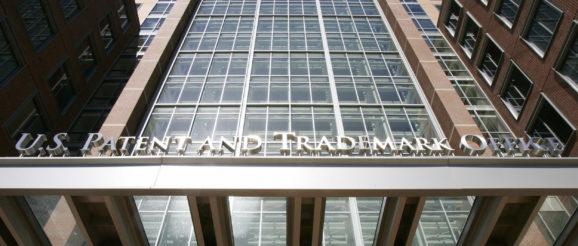Property Rights Protect Global Innovation | Opinion

Sometimes a crisis can wake up a sleepy government bureaucracy and change the world—for the better.
In the past, it has taken an average of 12 years for a new medicine to make it to patients. Seven of those years are spent in clinical trials after the drug was invented. During those seven years, people get sick and die.
For years, politicians have talked about reducing that unnecessary pain—and those unnecessary deaths.
When the coronavirus hit, the Trump administration determined it would do things differently. They changed the rules in order to help vulnerable Americans.
This time, 48 hours after the results of a double-blind, placebo-controlled trial found Gilead’s Remdesivir “had a 31 percent faster time to recovery than those who received a placebo,” the FDA issued an Emergency Use Authorization allowing potentially tens of thousands of coronavirus patients to benefit from the new drug right now.
The (relatively) rapid speed in which the FDA moved in this case to provide access to the new drug is just one example of how the Trump administration has removed regulatory blockades to better allow America to rapidly respond to the coronavirus threat.
On another front of this war, a waiver allowed the deployment of new game-changing decontamination systems to the frontlines. These new machines allow single-use personal protective equipment (PPE) to be sanitized for re-use up to twenty times; they can also clean 80,000 pieces at a time. Certainly, innovations like these are welcomed by frontline healthcare workers who have found their crucial stocks of PPE to be in short supply, jeopardizing their ability to safely care for patients.
Thanks to this approach, programs like the FDA’s Coronavirus Treatment Acceleration Program have allowed the innovation floodgates to open. To fight coronavirus, there are now over 600 clinical trials taking place around the world testing 247 unique treatments, 75 of which use novel compounds. There are at least nine vaccine candidates. A few are even pioneering breakthrough mRNA technology.
Ultimately, finding a workable vaccine is a numbers game. From discovery through clinical trials, a new medicine has historically cost, on average, more than $2.5 billion. And only 12 percent of medicines make it through to FDA approval.
Fortunately, even with repeated bureaucratic snafus, the United States has laid the groundwork for a global private enterprise system that allows innovators to share their work, compete in advancing science and collaborate with government incubators like the Department of Health and Human Services’ Biomedical Advanced Research and Development Authority.
Underpinning this system has been the normalizing of high-level intellectual property rights protections with our trade partners. These IP rights do for scientists what proper PPE does for doctors and nurses: get them to work.
Enabled by these property rights, an unprecedented amount of knowledge is rapidly being generated by the global scientific community and shared with peers and public partners to reach a singular goal. And thanks to the robust IP protections secured in the United States specifically, scientists here have been able to get all their hands, clothed in latex gloves, on deck.
That’s not the case in other nations. According to the International Property Rights Index, the United States, along with Western Europe, leads the world in protecting intellectual property rights.

PAUL J.RICHARDS/AFP via Getty Images
Such protection creates progress. U.S. labs generate 80 percent of all medicines in the global research and development (R&D) pipeline, launch nearly 70 percent of all new medicines and capture 58 percent of global pharmaceutical R&D.
Sadly, some politicians do not understand this. Rather than focus on creating more life-saving drugs, they want to take away the property rights for coronavirus vaccines or treatments. Some activist groups in other nations want to allow foreign countries to seize American inventions through something called “compulsory licensing.”
World Health Organization director general Tedros Ghebreyesus expressed support for an idea that could weaken Americans rights when they invent vaccines, diagnostic tests, medical equipment and medical treatments. “We cannot invent these things, so we will steal yours,” goes the logic.
But we know what works. Market-driven R&D, supported by intellectual property rights, is the only proven system to solve the two main challenges facing the scientific community: how to invent new medicines and how to manufacture and deliver them to the world quickly and efficiently.
Removing these historic protections, which are enshrined in the U.S. Constitution and our trade agreements alike, would not only cause a setback in our coronavirus response—it would also undermine our ability to respond to the next pandemic.
And Americans are a tad tired of having their inventions stolen by foreign governments when we invent medicines that save lives around the world.
Grover Norquist is president of Americans for Tax Reform.
The views expressed in this article are the writer’s own.
